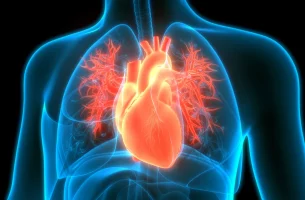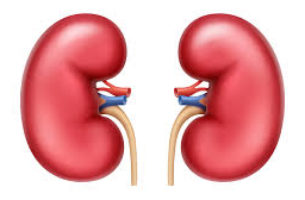What is low blood pressure – and why does it matter? What is low blood pressure? Low blood pressure, or hypotension, is when your blood pressure is lower than normal (typically below 90/60 mmHg). It matters because it can cause dizziness, fainting, and inadequate blood flow to vital organs like the brain, heart, and kidneys. […]
Read MoreWhat are the causes of stroke? In this article we will describe what are the causes of stroke – and how to investigate them. Stroke is a medical emergency that requires prompt recognition and treatment. In this article, we will define stroke, and describe its causes and investigation. Definition of stroke A stroke occurs when blood supply […]
Read MoreA normal blood pressure level In this article we will describe what is a normal blood pressure level, and the effects of age and gender. What is blood pressure? Blood pressure is the force exerted by your blood against the walls of your arteries as it’s pumped around your body. It’s measured in two numbers: systolic […]
Read MoreWhat tests are done for heart disease? To identify common heart conditions you’ll need to have some tests. These could include: Checking your pulse Blood pressure ECG ECHO X-rays Blood tests. Examination Pulse Purpose: Assess heart rate, rhythm, and strength Method: Palpation of peripheral pulses (e.g. radial, carotid) Normal range: 60-100 beats per minute (bpm) […]
Read More10 Common Heart Problems – When to Worry and When to See a Doctor If you suspect you have a heart condition, you should see a doctor soon – today if you are very unwell, have palpitations that do non stop, have chest pain or shortness of breath. We will now describe 10 common heart […]
Read MoreKnow Your Kidney Numbers – What Are Two Key Tests? Keep track of your kidney data with PKB In this article, we will describe how to know your kidney numbers – focusing on two key tests – and explain the commonly measured kidney blood tests, urine and other tests. Kidney function tests – the two […]
Read More10 Student Health Problems – When to Worry and When to See a Doctor We will now describe 10 common student health problems – and when to worry, and when you may need to see a doctor. 1. Common Cold, Flu and COVID-19 What it is: Viral infections affecting the upper respiratory system. They are […]
Read More10 Common Kidney Problems – When to Worry and When to See a Doctor In this article we will describe 10 Common Kidney Problems – and when to see a doctor. Common kidney problems 1. Urinary Tract Infections (UTIs) UTIs can affect any part of the urinary tract: kidney (pyelonephritis), bladder (cystitis), urethra (urethritis) and […]
Read MoreWhat 7 medications can be harmful to the brain? In this article we will describe 7 medications that can be harmful to the brain. Benzodiazepines (e.g. diazepam, temazepam, clonazepam): May cause cognitive impairment, memory loss, and increased risk of dementia with long-term use Opiates (e.g. morphine, oxycodone): Can cause cognitive impairment, confusion, and increased risk […]
Read More7 drugs that can damage your kidneys Almost all drugs can affect the kidneys in some adverse way. In this article we will describe 7 drug (groups) that can damage your kidneys. Doctors call kidney damage caused by drugs ‘nephrotoxicity’. Certain antibiotics – aminoglycosides (e.g. gentamicin) and beta-lactams (cephalosporins, penicillins) Lithium – a bipolar disease (BPD) mood […]
Read More







